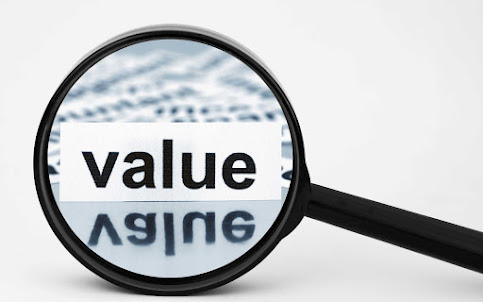The Valuation Checklist (Qualitative)
What do I exactly mean by Valuation of the
Company? In the stock market, Valuation is the analytical process of
determining the current (or projected) worth of an asset or a company. The
importance of valuing stocks evolves from the fact that the intrinsic value of
a stock may be different from its current price. By knowing a stock’s intrinsic
value, an investor may determine whether the stock is over- or undervalued at
its current market price. Now this is actually a perceived value which might be
different from investor to investor. Investor A might find buying a stock at
Rs. 100 to be Cheap (Valued Low) and another Investor B might find it to be
Expensive (Highly-Valued). This means that the intrinsic value (perceived
value) for Investor A is higher than Rs.100 and would end up buying the stock.
For Investor B, the intrinsic value (perceived value) is lower than Rs. 100, so
would end up not buying the stock or wait for the price to correct and then buy
the stock.
How would you determine the intrinsic
valuation? The following Qualitative Factors could help as given below:
·
Net Worth of the company: It is an
important metric to gauge a company's health, providing a useful snapshot of
its current financial position.
·
Average Sales/Profit Growth of the company over the last 10 years: Sales/Profit Growth of the
company helps in understanding how much the company can grow in the future.
·
Economic Moat: A company with a
defensible economic moat is better able to compete with new market
participants, while companies with large user bases benefit from network
effects. A company with a relative cost advantage is likely to be more
profitable, and companies in industries with high switching costs can more
easily retain customers. High-quality companies often have intangible assets
(e.g., patents, regulations, and brand recognition) with considerable value.
Quantitative Metrics can also help in Valuation of the company.



Comments
Post a Comment